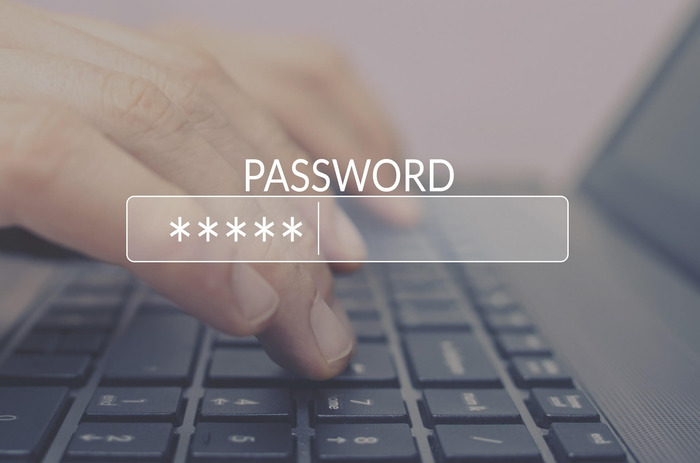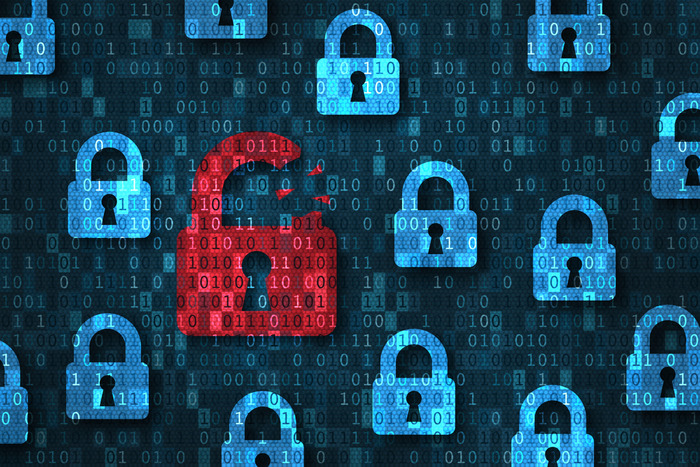Password breaches are a serious concern for individuals and organizations alike. While most people naively think that breaches are just the cause of really good hackers, the truth is that these savvy hackers prey on opportunities.
This means that there are ways that people and companies can protect themselves and reduce the likelihood of a breach. This article explores the five primary reasons for these breaches, offering insight into how they occur and how to prevent them.
What is Multi-Factor Authentication
Staying a Step Ahead of Cyber Threats
In the face of growing cyber threats, being proactive is key to preventing password breaches. One effective approach is to regularly check if your passwords have been compromised. When you want to know, “Were my passwords breached?”, there are numerous tools that are invaluable.
They scan databases of known breaches to see if your credentials have been exposed. If a breach is detected, it’s crucial to change the compromised password immediately. You can even use password managers to leverage complex password management.
Weak Passwords: The Gateway to Cyber Vulnerability
One of the most common causes of password breaches is the use of weak passwords. A weak password is like leaving the front door of your house unlocked; it invites trouble. Many people tend to use simple, easy-to-remember passwords, but this practice significantly increases the risk of unauthorized access.
Hackers often employ sophisticated algorithms that can quickly decipher simple passwords. These algorithms use brute force attacks, trying thousands or even millions of combinations until they crack the password.
To mitigate the risk of password breaches, consider implementing advanced security measures such as Passwordless Authentication. Unlike traditional password-based systems, Passwordless Authentication provides a more secure and user-friendly alternative, eliminating the reliance on easily compromised passwords.
This approach typically involves multifactor authentication methods, adding an extra layer of security beyond passwords, and significantly reduces the risk of unauthorized access.
Additionally, staying vigilant against phishing scams, regularly updating security software, and embracing two-factor authentication (2FA) or multifactor authentication (MFA) are crucial steps in maintaining robust cybersecurity practices.
Additionally, avoiding common words or phrases that can be easily guessed or found in a dictionary attack is crucial. By prioritizing password strength, individuals and organizations can significantly reduce the risk of a breach.
The Deceptive Art of Stealing Credentials by Phishing
Phishing scams are a prevalent method used by cybercriminals to obtain passwords and other sensitive information. These scams often involve sending fraudulent emails or messages that appear to be from legitimate sources, such as a well-known company or a trusted individual.
The goal is to trick the recipient into providing their login credentials or personal information. These deceptive messages often contain a sense of urgency or a threat that prompts immediate action, playing on the victim’s fear or trust.
The sophistication of phishing attempts has increased over time, making them harder to distinguish from legitimate communications. They often include links to fake websites that look strikingly similar to the real ones, where unsuspecting users enter their credentials, unknowingly handing them over to attackers.
To combat this, it is crucial to be skeptical of unsolicited emails or messages, especially those asking for sensitive information. Double-checking the sender’s details, not clicking on suspicious links, and verifying the authenticity of the request through independent channels are effective ways to prevent falling victim to phishing scams.
Inadequate Security Measures
Neglecting adequate security measures is another significant factor contributing to password breaches. Many individuals and organizations fail to implement necessary security protocols, leaving their data vulnerable.
This oversight often includes not using two-factor authentication (2FA) or multifactor authentication (MFA), which adds an additional layer of security beyond just a password. These methods typically involve something the user knows, something the user has, or something the user is.
Without these additional layers of security, passwords alone become the sole gatekeepers of sensitive information. If compromised, there is little to no barrier left to prevent unauthorized access.
Implementing 2FA or MFA significantly reduces the risk of password breaches, as it requires attackers to overcome multiple security hurdles, making unauthorized access considerably more challenging.
Outdated Security Software is Like Leaving the Backdoor Open
Outdated security software is akin to having rusty locks on your doors – it may provide a semblance of security, but when tested, it easily gives way.
Many password breaches occur because individuals and organizations fail to keep their security software, including antivirus programs and firewalls, up-to-date.
Cyber threats evolve rapidly, and security software that isn’t regularly updated can’t protect against the latest hacking techniques or malware. These updates often include patches for newly discovered vulnerabilities that hackers could exploit.
The danger of using outdated security software is compounded when coupled with older operating systems or applications that no longer receive security updates. This creates a perfect storm for cybercriminals to exploit known vulnerabilities that have been left unpatched.
Regularly updating security software is a critical step in safeguarding against password breaches. It ensures that any known vulnerabilities are promptly addressed, thereby closing gaps that could be exploited by cyber attackers.


